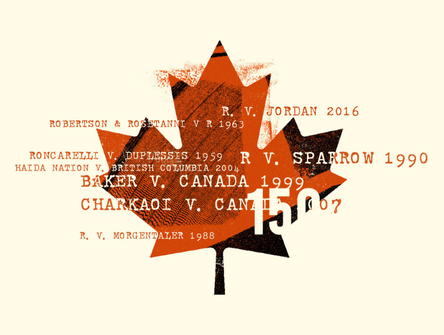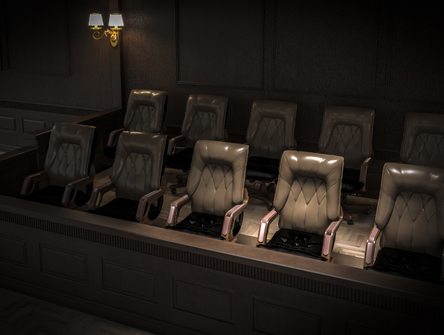A framework for reconciliation
The CBA’s Aboriginal Law Section urges Parliament to pass Bill C-15 and achieve the objectives of the UN Declaration on the Rights of Indigenous Peoples.

The introduction of Bill C-15, the United Nations Declaration on the Rights of Indigenous Peoples Act, in the House of Commons on December 3, 2020, was a high point in a decades-old campaign to protect the individual and collective rights of Indigenous peoples. But it’s not the end of the road.
First, the bill needs to become law, which the Canadian Bar Association’s Aboriginal Law Section urges Parliament to do quickly. “Once passed, it will require the Government of Canada, in consultation and with the cooperation of Indigenous peoples, to take all measures necessary to ensure the laws of Canada are consistent with the Declaration.”
Bill C-15 further requires an action plan to achieve the Declaration’s objectives. This plan needs to be prepared in consultation with Indigenous peoples and it must be followed by annual reports on the progress made. Both the legislation and the action plan were the subject of a resolution sponsored by the Aboriginal Law Section and adopted by the CBA at its 2020 annual general meeting.
The UN Declaration is a list of 46 articles outlining fundamental individual and collective rights for Indigenous peoples from access to the highest available standards of health to the right to have a nationality. Often described as an “aspirational” document, it sets out basic principles allowing Indigenous individuals and communities to control their destinies without discrimination or forced assimilation.
Among the specific measures the CBA Section wants to see in the action plan once Bill C-15 is passed, are those that address injustice and gender inequities, and eliminate all forms of discrimination and violence against Indigenous peoples “including women, youth, children, elders, persons with disabilities, and gender-diverse and two-spirit persons,” in line with Call to Justice 1.1 of the Final Report of the National Inquiry into Murdered and Missing Indigenous Women and Girls.
In addition, the action plan should include measures promoting understanding, good relations and reconciliation, in particular through increased human rights education. Supporting community wellness and economic reconciliation should also be among priority measures included in the action plan.
According to the Section, “the annual report must include meaningful, culturally appropriate and gender-oriented metrics and targets for advancing reconciliation. Achieving targets must be part of performance management programs for senior officials in each federal department, agency and Crown corporation. One metric should be increasing the representation of Indigenous peoples in all ranks of the public service, federal agencies and decision-making bodies.”
The Section believes adopting Bill C-15 will provide a framework for reconciliation, in keeping with the recommendations of the Truth and Reconciliation Commission. The CBA Section also encourages provincial and territorial governments to implement the Declaration as well. “We urge Canada to work cooperatively with other levels of government towards the Declaration’s implementation and look forward to cooperating with governments to assist in achieving the Declaration’s objectives


